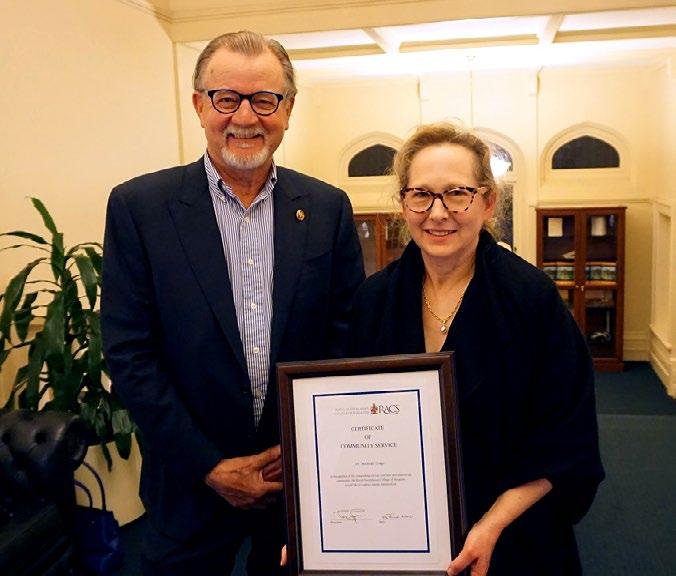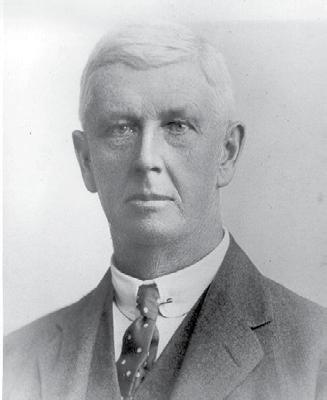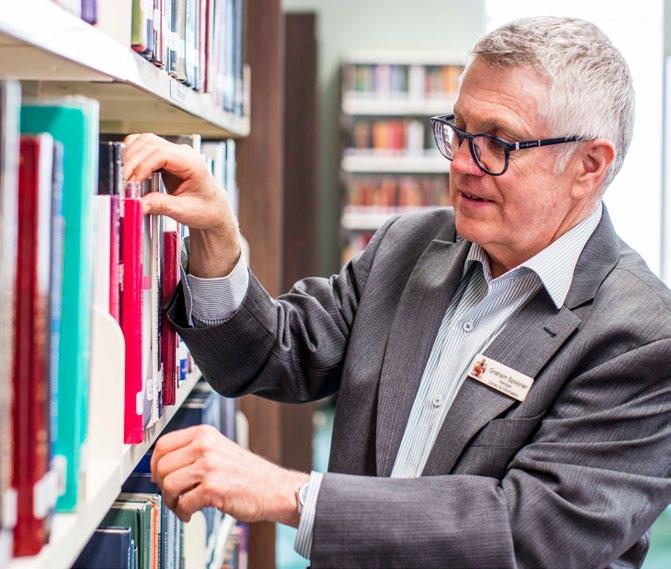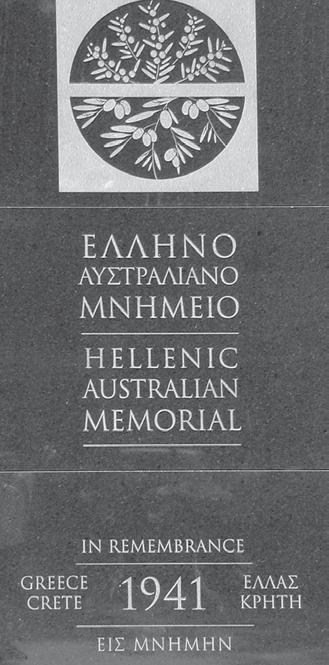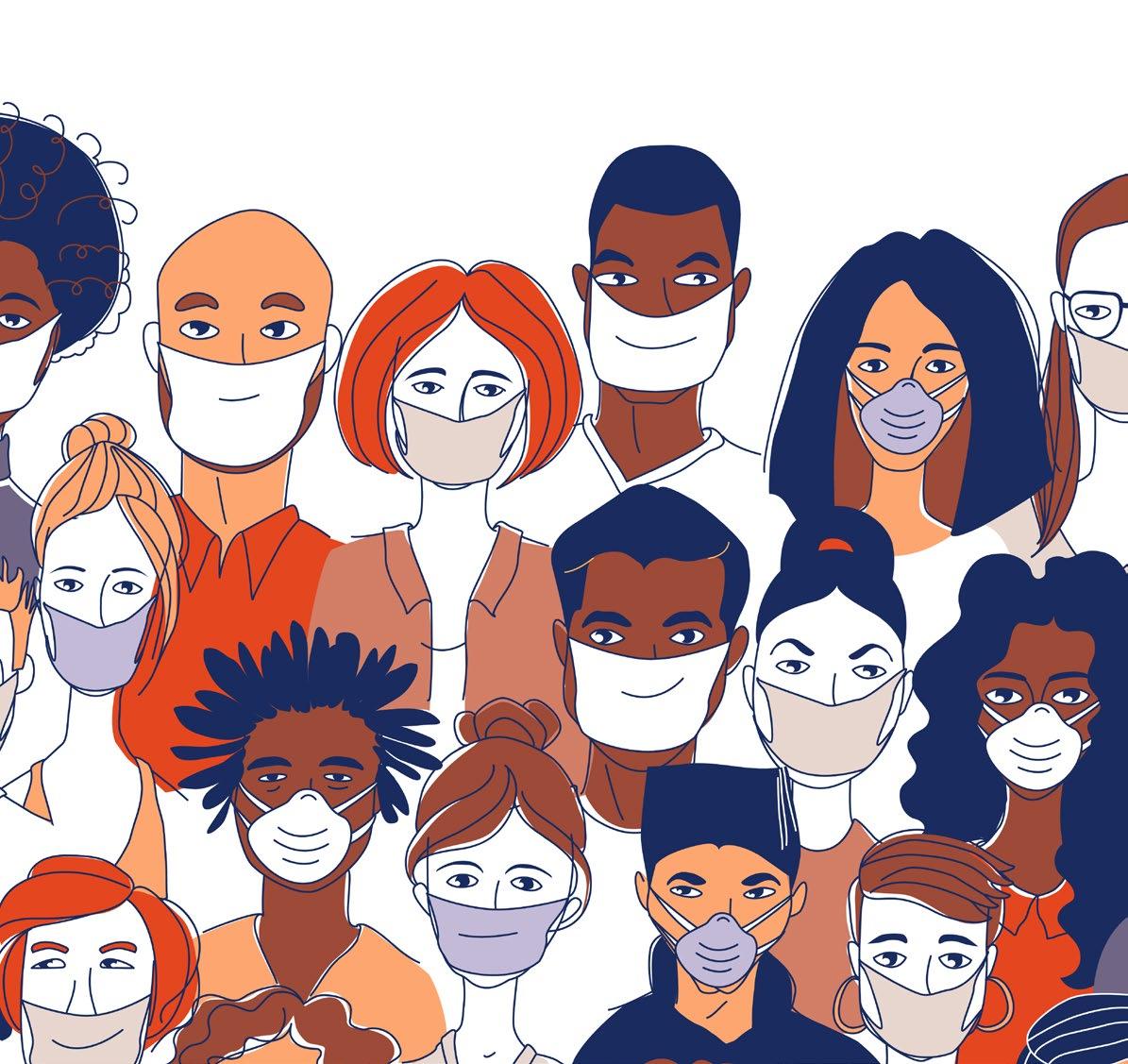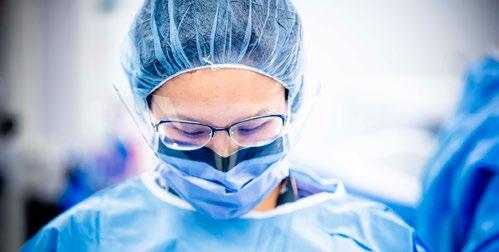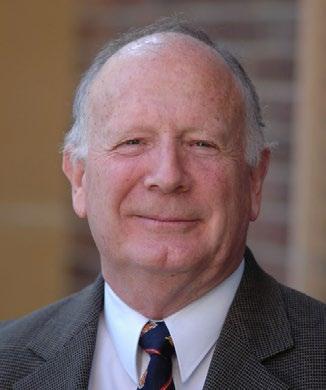
6 minute read
Sir William MacCormac
Sir William MacCormac (1836-1901) Knight Bachelor, Baronet
The surgeons of Vanity Fair part four
Advertisement
In the Vanity Fair issue on 1 October 1896, Sir William MacCormac was presented as ‘Man of the Day’ No. 660. The accompanying caricature by ‘Spy’, Leslie Ward, was captioned as ‘Gun Shot Wounds’. It confirms that MacCormac was a big man, standing over 6 feet 3 inches. Vanity Fair described him as one ‘who has lately achieved the summit of his professional ambition by being improved into President of the Royal College of Surgeons of England’. Vanity Fair continued, ‘he is a bluff, handsome man of very few words, though he can speak sarcastically, as many a student knows. Altogether, he is an exceedingly agreeable fellow with a good heart, many friends, and (possibly) no enemies.’ Sir William was an Ulsterman, born in Belfast on 7 January 1836, who died in Bath on 4 December 1901. He was the elder son of Henry MacCormac, Professor of Medicine at Queens College Belfast and spent half his life in Northern Ireland and the latter half in London. As a schoolboy, MacCormac was in no way distinguished. He was educated at the Belfast Institution, which he left at 15 years of age to enter Queen’s University Belfast in October 1851. He gained scholarships during his first two years as a student of Engineering before turning to the Arts, graduating with a Bachelor’s degree in 1855, and Masters in 1858. In 1857, he was admitted MD (Belfast), and also attained the Membership of the Royal College of Surgeons (RCS, England). After graduation he studied surgery in Berlin and made lasting friendships with Bernhard von Langenbeck and Theodor Billroth. In 1859, he became a resident at Belfast General Hospital and undertook postgraduate training in London and Dublin. MacCormac obtained
the Fellowship of the Royal Colleges of Surgeons (FRCS, Ireland) in 1864, and was then elected as consultant surgeon to that hospital from 1864 until he left in 1870. In 1861, he had abducted and married Katherine Maria Charters, an heiress of Belfast, the union being opposed by both families. She subsequently survived him, but there were no children of the devoted marriage. On 19 July 1870, the Franco-Prussian war broke out and this was to change MacCormac’s life forever. Seeking a challenge, MacCormac attended a public meeting in London on 4 August 1870, when the British National Society for Aid to the Sick and Wounded in War, finally reconstituted as the British Red Cross Society in 1905, was formed. The Geneva Convention had been signed on 22 August 1864, allowing for the organisation of neutral battlefield hospitals and ambulance corps. The new British Society assisted in providing aid to both warring armies under the protection of the Red Cross emblem, designed as the inverse of the Swiss flag in honour of one of the movement’s Swiss founders, Jean-Henri Dunant. The MacCormacs immediately made their way to Paris. Katherine remained there, while William ultimately served as Surgeon-in-Chief of the Anglo-American Ambulance at Sedan. In 1870, the word ‘ambulance’ had the double meaning of a wagon or carriage designed to transport wounded patients, and also that of an improvised field hospital. Napoleon III’s ill-advised declaration of war resulted in France suffering its first major defeats in early August and, by 2 September 1870, Napoleon had surrendered to the Prussian forces, following the Battle of Sedan. Ironically, MacCormac’s arrival at the Sedan Railway Station coincided with Napoleon III’s arrival, the latter being taken prisoner. MacCormac later wrote: ‘in place, therefore, of our going to the front, the front came to us’. MacCormac was now responsible for a 384-bed hospital on the battle field of Sedan. He noted ‘during the first fortnight I performed with one or two exceptions, all the operations’. For 15 days he had no time to remove his boots. His Notes and Recollections of an Ambulance Surgeon, published in 1871, was translated into

many languages. MacCormac became a household name among the military surgeons of Europe. Vanity Fair observed ‘When any Prince or other person of note is hit on a moor or in a cover, by the unhandy gun, he is always called in.’ Returning to London in 1871, MacCormac was admitted FRCS ad eundem, a rare distinction, and became Assistant Surgeon at St Thomas’s Hospital. In later years, he would drive there in a smart brougham with scarlet wheels, drawn by a fine pair of black horses. This love of display endeared him to the students and his diary revealed that wine, cigars and stable were his largest expenses. In time he became the most decorated surgeon of his generation; however, his very many medals lay without any order in a drawer at his home. He contributed largely to the success of the Seventh International Congress of Medicine held in London in 1881. The meeting lasted over a week and met all over London in various hospitals, museums and colleges. At a time of massive advances in medical practice, those most involved were there: Rudolf Virchow, Louis Pasteur, Sir William Osler, Robert Koch and Joseph Lister, to name but a few. As part of the social program, Baroness Burdett-Coutts held a garden party at her Highgate home for the most eminent Congress participants. The occasion was recorded in a group portrait (above) now in the Wellcome Collection, London. There were 3181 registered participants and the official languages were English, French and German. At the time, MacCormac was the General Secretary and then Editor of the Transactions – of which no less than 2500 pages were printed in the languages of the respective speakers. For these services, he was knighted at the age of 45. MacCormac’s knowledge of foreign languages and foreign doctors, as well as his organising ability, and with his Irish bonhomie, were unique. At the RCS, MacCormac was elected a Member of Council in 1883, and to the Court of Examiners in 1887. He served as president over the years 1896-1900, on the last occasion specifically to direct the centenary of the College in March 1900. However, as he was serving in South Africa as government consulting surgeon to the Field Force, celebrations were postponed until July. This was MacCormac’s final military involvement. He celebrated his 65th birthday in South Africa; nevertheless, he undertook some front-line surgery at Colenso, working in two tents with two operating tables in each. MacCormac disliked Field Marshal Herbert Kitchener, never forgiving him for his remark, ‘You want pills, I want bullets, and bullets come first.’ On MacCormac’s return to London in April, the RCS centenary occupied him. In July he presented Edward, Prince of Wales, with the first Honorary Fellowship of the College. (In 1978, when your author was presented with his hard-earned FRCS diploma, the Patron of our own College, Charles, the current Prince of Wales, was awarded his Honorary FRCS.) Besides the degree-giving, there were Conversaziones, a grand banquet, a Presidential address of Welcome and a reception at the Mansion House. In the College library, museum and council room, exhibitions were held of portraits, busts, and manuscripts illustrative of the history of the College. The last year of MacCormac’s life was compromised by controversies. He felt bitterly about how much of the country had been misled by those who decried the work of the Army Medical Service and who knew little of war. MacCormac’s final illness came in a matter of weeks, with the onset of back pain and insomnia. He agreed to travel to Bath to ‘take the waters’, only to die suddenly at 66 years Mr Peter F. Burke FRACS
of age.
Images l-r: Swiss ambulance evacuating wounded French. 1871. Edouard Castres (1838-1902); Baroness Burdett-Coutt’s garden party, August 1881, MacCormac centre rear; the Baroness second to his left; Gun Shot Wounds. Spy. 1 Oct 1896.
IMAGE REFERENCES

1. Unknown author, William MacCormac, 1st Baronet. Public Domain. 2. Leslie Ward, Caricature of Sir W MacCormac, Vanity Fair, 1896. Public Domain. 3. Edouard Castres, Swiss Ambulance Evacuating Wounded. 1871. Public Domain. 4. Tilt AP, Baroness Burdett-Coutt’s Garden Party at Holly Lodge, Highgate. 1882. Licensed under Creative Commons CC BY 4.0.


